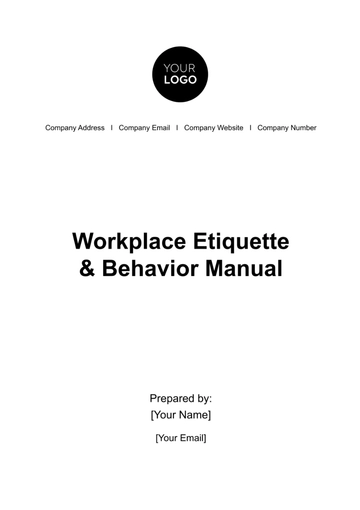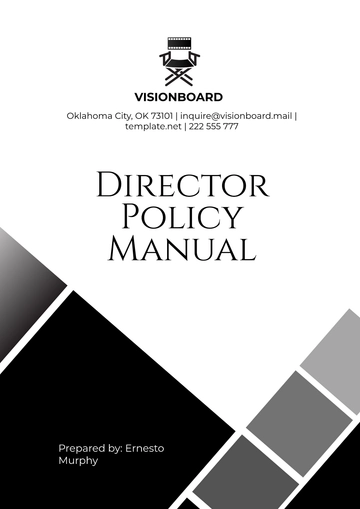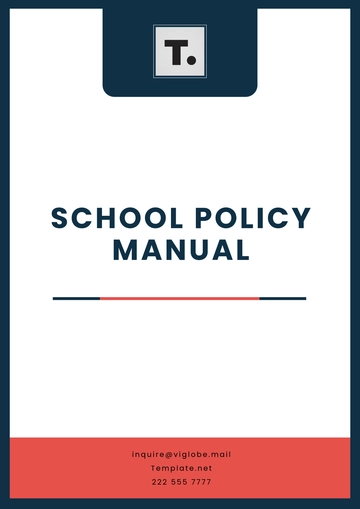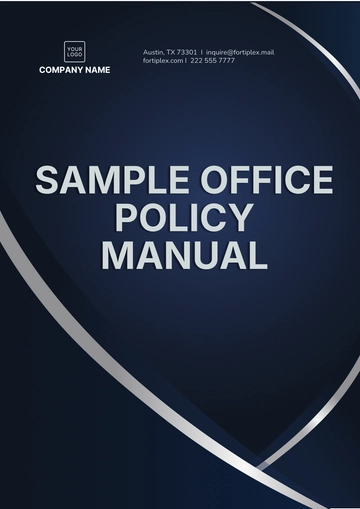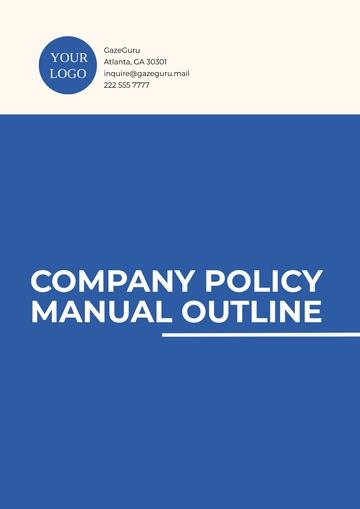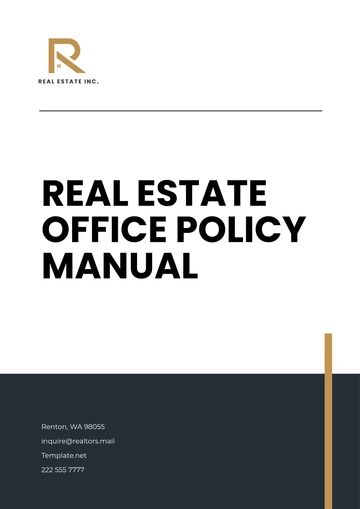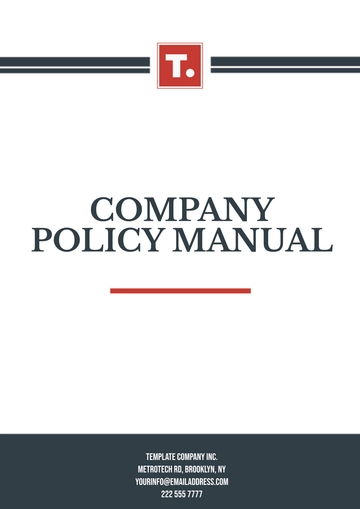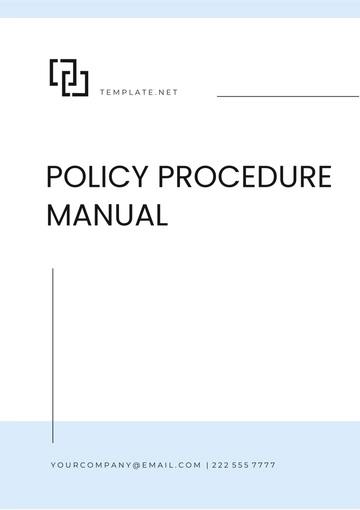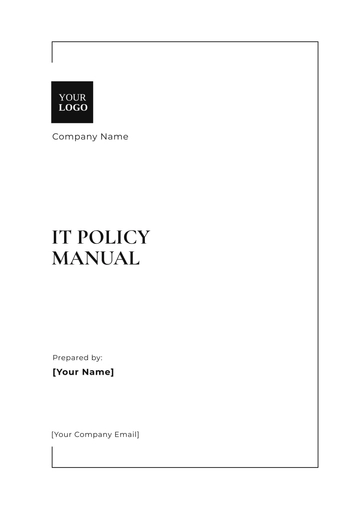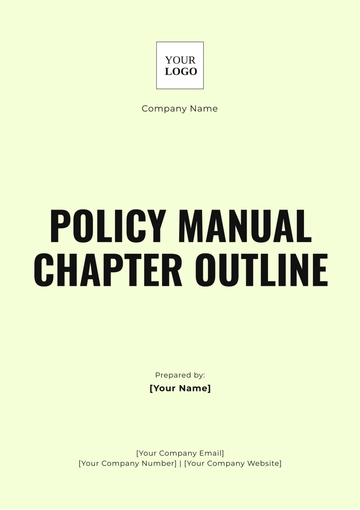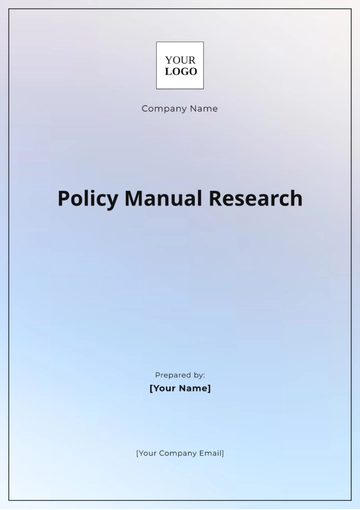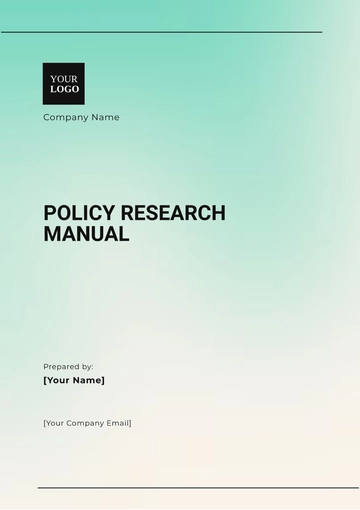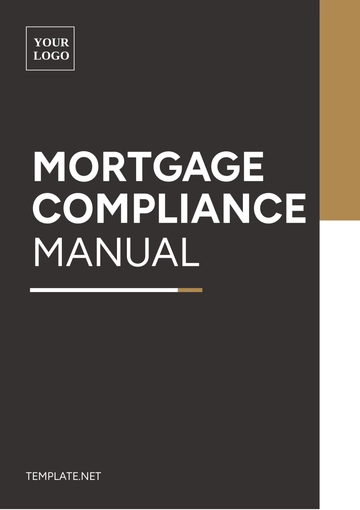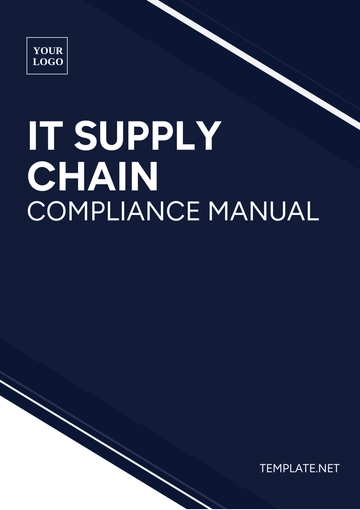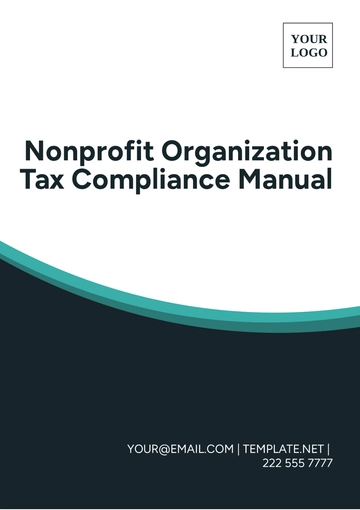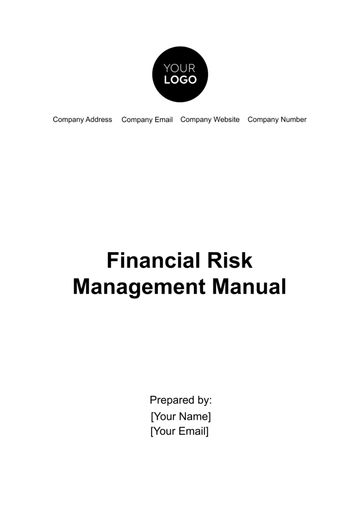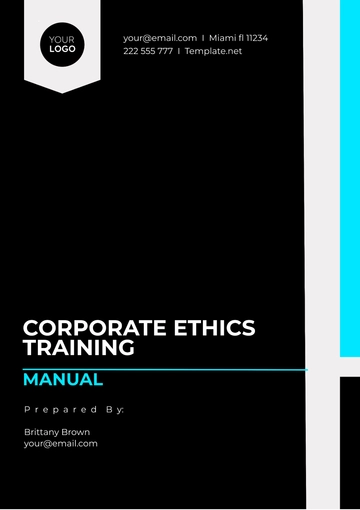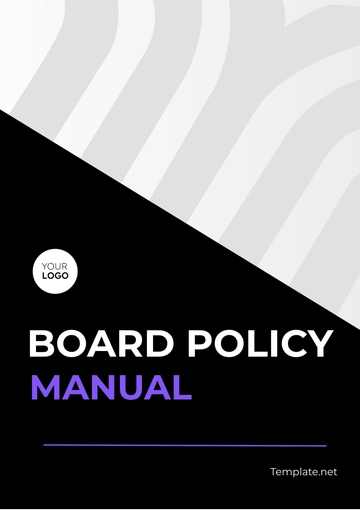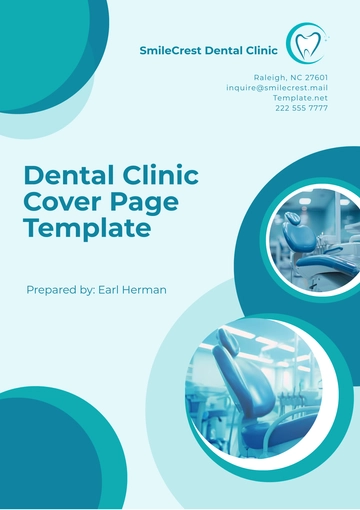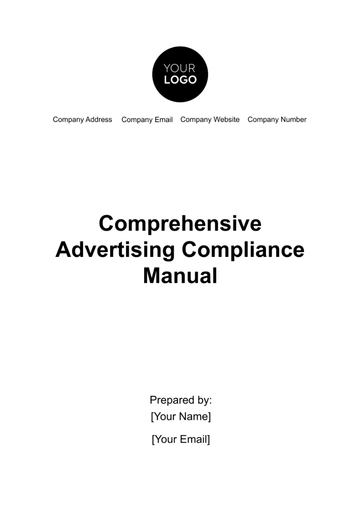Free Workplace Incident Policy & Procedure Manual

I. Introduction
A. Purpose of the Manual
This Workplace Incident Policy & Procedure Manual has been developed to establish a framework for the effective management of workplace incidents at [Company Name]. The manual outlines our commitment to maintaining a safe and healthy working environment for all employees and visitors.
B. Commitment to Health and Safety
[Company Name] is dedicated to the health and safety of its employees. We are committed to achieving a zero-incident workplace and ensuring compliance with all relevant health and safety regulations.
C. Legal Compliance
All policies and procedures outlined in this manual are by local, state, and federal regulations governing workplace safety.
II. Definitions
A. Incident
An incident is defined as any unexpected event that occurs in the workplace, including accidents, injuries, illnesses, property damage, near misses, and other unplanned occurrences.
B. Near Miss
A near miss is an incident that did not result in injury or damage but had the potential to do so.
C. First Aid Incident
An incident requiring immediate first aid attention, even if no medical treatment beyond first aid is needed.
D. Recordable Incident
An incident that requires recording and reporting as per regulatory requirements.
E. Lost Time Incident
An incident that results in an employee being unable to work for a period beyond the day of the incident.
F. Critical Incident
An incident with severe consequences that may require immediate attention and intervention.
III. Policy Statement
A. Commitment to Employee Safety
[Company Name] is committed to providing a safe and healthy work environment for all employees. We prioritize the prevention of incidents and the well-being of our workforce.
B. Zero-Incident Goal
Our goal is to achieve zero workplace incidents. This commitment requires the active participation of all employees in identifying and mitigating potential hazards.
C. Reporting and Investigation Principles
Employees are encouraged to promptly report all incidents, and [Company Name] is committed to thoroughly investigating each incident to determine root causes and implement corrective actions.
D. Employee Responsibilities
All employees are responsible for reporting incidents, near misses, and hazards promptly. Employees must also cooperate with investigations and adhere to safety procedures.
E. Management Responsibilities
Managers and supervisors are responsible for creating a culture of safety, ensuring compliance with safety policies, and promptly addressing identified hazards.
F.Non-Retaliation Policy
[Company Name] prohibits retaliation against employees who report incidents or participate in investigations. Reporting incidents is a protected activity, and employees should feel confident in coming forward without fear of reprisal.
IV. Incident Reporting
A. Reporting Obligations
All employees are obligated to report incidents, near misses, and hazards to their immediate supervisor or designated safety personnel.
B. Reporting Methods
1. Immediate Reporting:
Employees must report incidents immediately to their supervisor or use the designated emergency reporting system.
2. Written Reports:
Following immediate reporting, employees must submit written incident reports using the provided forms within [specified timeframe].
C. Reporting Timelines
Incidents must be reported immediately, and written reports must be submitted within [specified timeframe] of the incident occurrence.
D. Information to be Included in Reports
Incident reports should include:
Date, time, and location of the incident.
Names and contact information of individuals involved.
Description of the incident, including contributing factors.
Immediate actions taken.
Witness statements (if applicable).
V. Incident Investigation
Upon receiving an incident report, [Company Name] promptly forms an investigation team consisting of trained personnel. Immediate actions are taken to secure the area and provide any necessary medical attention. A thorough investigation follows, involving interviews, evidence collection, and root cause analysis. Detailed reports are compiled, documenting findings, causes, and proposed corrective actions within [specified timeframe].
VI. Communication
Internally, employees are promptly informed of incidents through designated channels, ensuring transparency and awareness. Externally, [Company Name] complies with legal reporting obligations to regulatory authorities. Media communications are handled by a designated spokesperson to maintain consistency and accuracy in information dissemination.
VII. Documentation and Record Keeping
To maintain comprehensive records, [Company Name] employs standardized incident report forms for consistent reporting. Detailed investigation reports, including findings, root causes, and corrective actions, are meticulously documented and retained for a specified period. Corrective action plans are developed and stored to ensure continuous monitoring and improvement.
VIII. Corrective Actions
[Company Name] swiftly implements immediate corrective actions to address hazards and prevent recurrence. Long-term corrective actions, based on root cause analysis, are developed and implemented within a specified timeframe. Continuous monitoring ensures the effectiveness of corrective measures, fostering a culture of ongoing improvement.
IX. Training and Awareness
Employee training on incident reporting and workplace safety is conducted during orientation and annually thereafter. Supervisors and managers receive additional training on incident investigation, root cause analysis, and leadership in promoting a safety culture. Regular awareness programs, including safety drills and communication campaigns, reinforce safety practices, with training programs updated to reflect changes in procedures and regulations.
X. Legal Compliance
A. Relevant Local, State, and Federal Regulations
[Company Name] is committed to compliance with all applicable local, state, and federal regulations governing workplace safety. Regular reviews will be conducted to ensure ongoing compliance.
B. Periodic Legal Compliance Reviews
[Company Name] will conduct periodic reviews of policies and procedures to align with any changes in relevant regulations, ensuring ongoing legal compliance.
XI. Roles and Responsibilities
A. Health and Safety Department
The Health and Safety Department is responsible for overseeing the implementation of safety policies, conducting training, and coordinating incident investigations.
B. Management
Managers and supervisors are responsible for creating a culture of safety, ensuring compliance with safety policies, and promptly addressing identified hazards.
C. Employees
All employees are responsible for reporting incidents, near misses, and hazards promptly and cooperating with investigations and safety procedures.
D. Safety Committee
The Safety Committee, if applicable, will actively participate in safety initiatives, provide input on policies, and represent the interests of employees in matters related to safety.
XII. Non-Compliance and Disciplinary Actions
A. Consequences for Non-Compliance
Non-compliance with safety policies and procedures may result in disciplinary action, up to and including termination, depending on the severity and repetition of the violation.
B. Fair and Consistent Disciplinary Procedures
Disciplinary procedures will be fair, consistent, and in accordance with established HR policies and procedures.
XIII. Emergency Response Procedures
A. Emergency Contacts
Emergency contact information for medical services, emergency services, and key personnel will be readily available to all employees.
B. Emergency Evacuation Plans
Emergency evacuation plans will be in place for all facilities, and employees will be trained on evacuation procedures.
C. First Aid Procedures
Employees will receive training on basic first aid procedures, and first aid supplies will be readily available in designated areas.
XIV. Review and Revision
A. Regular Review Schedule
This manual will be reviewed annually, or more frequently if there are changes in regulations or incidents that necessitate updates.
B. Procedure for Manual Updates
Updates to the manual will be communicated to all employees, and training sessions will be conducted to ensure understanding and compliance.
C. Feedback Mechanisms
Employees are encouraged to provide feedback on the manual and suggest improvements through designated channels.
- 100% Customizable, free editor
- Access 1 Million+ Templates, photo’s & graphics
- Download or share as a template
- Click and replace photos, graphics, text, backgrounds
- Resize, crop, AI write & more
- Access advanced editor
Enhance workplace safety with Template.net's Workplace Incident Policy & Procedure Manual Template. This editable and customizable resource, accessible via our Ai Editor Tool, provides a comprehensive framework for addressing workplace incidents effectively. Empower your organization to implement proactive measures and ensure a safe and secure work environment with Template.net's innovative solutions.


